Taxes may be inevitable, but overpaying isn’t. With the right strategies, Canadians at every income level can reduce their tax burden, free up more money for savings, and avoid unnecessary stress each spring. Here are 20 Canadian tax strategies that pay off at every income level.
Maximize RRSP Contributions
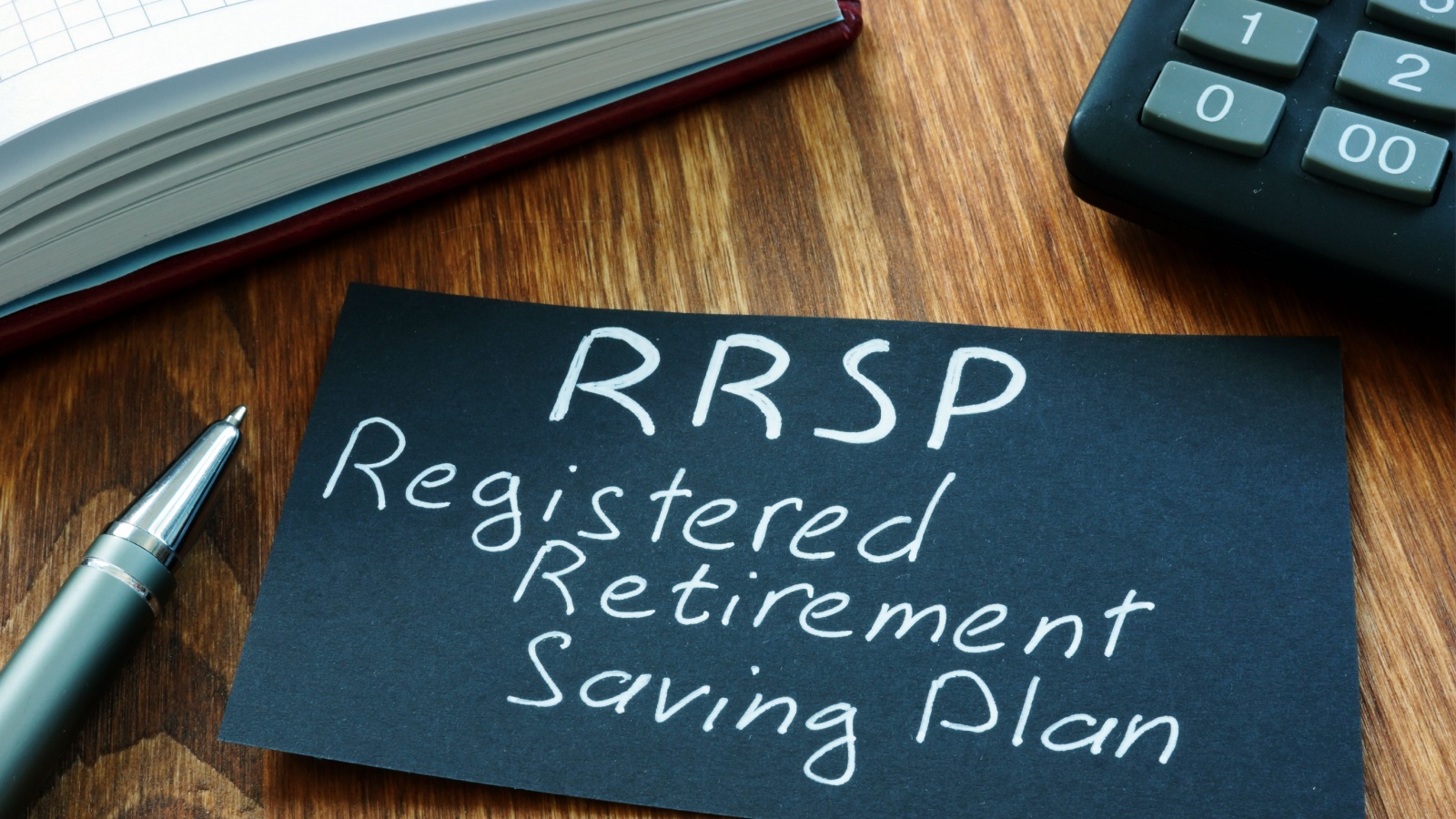
Registered Retirement Savings Plans (RRSPs) remain one of the most effective tools for reducing taxable income. Contributions are deducted from income, lowering the amount subject to taxation. Growth inside the account is tax-deferred, meaning investments compound without yearly tax erosion. Withdrawals in retirement are taxed, but ideally at a lower rate than while working. Consistency matters: annual contributions, even modest ones, add up significantly over decades. Many people use RRSPs to “smooth” income across a lifetime, paying less overall tax. High earners may also benefit by contributing during peak income years for maximum deduction value.
Don’t Overlook the TFSA
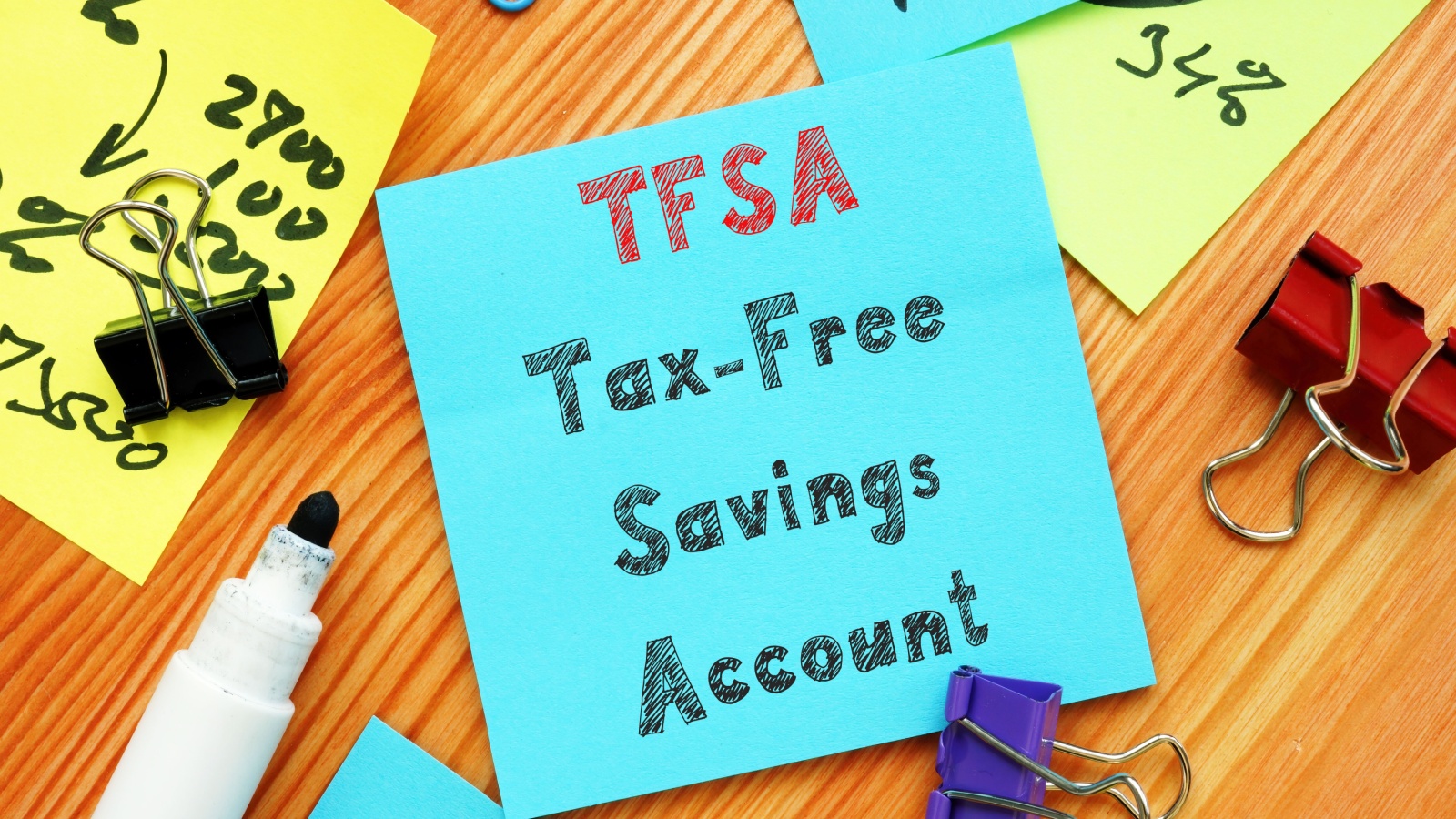
The Tax-Free Savings Account (TFSA) is often underestimated. While it doesn’t offer a deduction like the RRSP, investment growth and withdrawals are entirely tax-free. This makes it especially powerful for Canadians expecting higher income later in life, as withdrawals don’t count as taxable income or affect benefits like Old Age Security. TFSAs are flexible; they can hold stocks, bonds, ETFs, and more. And, because unused contribution room carries forward, even those starting late can catch up. For younger Canadians, investing in a TFSA early allows decades of compounding without a future tax hit.
Split Pension Income

Retirees can significantly reduce taxes by splitting eligible pension income with a spouse or common-law partner. This allows income to be shifted to the lower-earning partner, reducing the higher earner’s tax bracket exposure. Up to 50% of eligible pension income can be split, and the strategy often results in thousands of dollars in tax savings each year. It also reduces exposure to claw-backs on income-tested benefits. Even modest pensions benefit from this approach, and it’s a strategy that should be revisited annually as incomes and tax brackets shift.
Use the Spousal RRSP Wisely
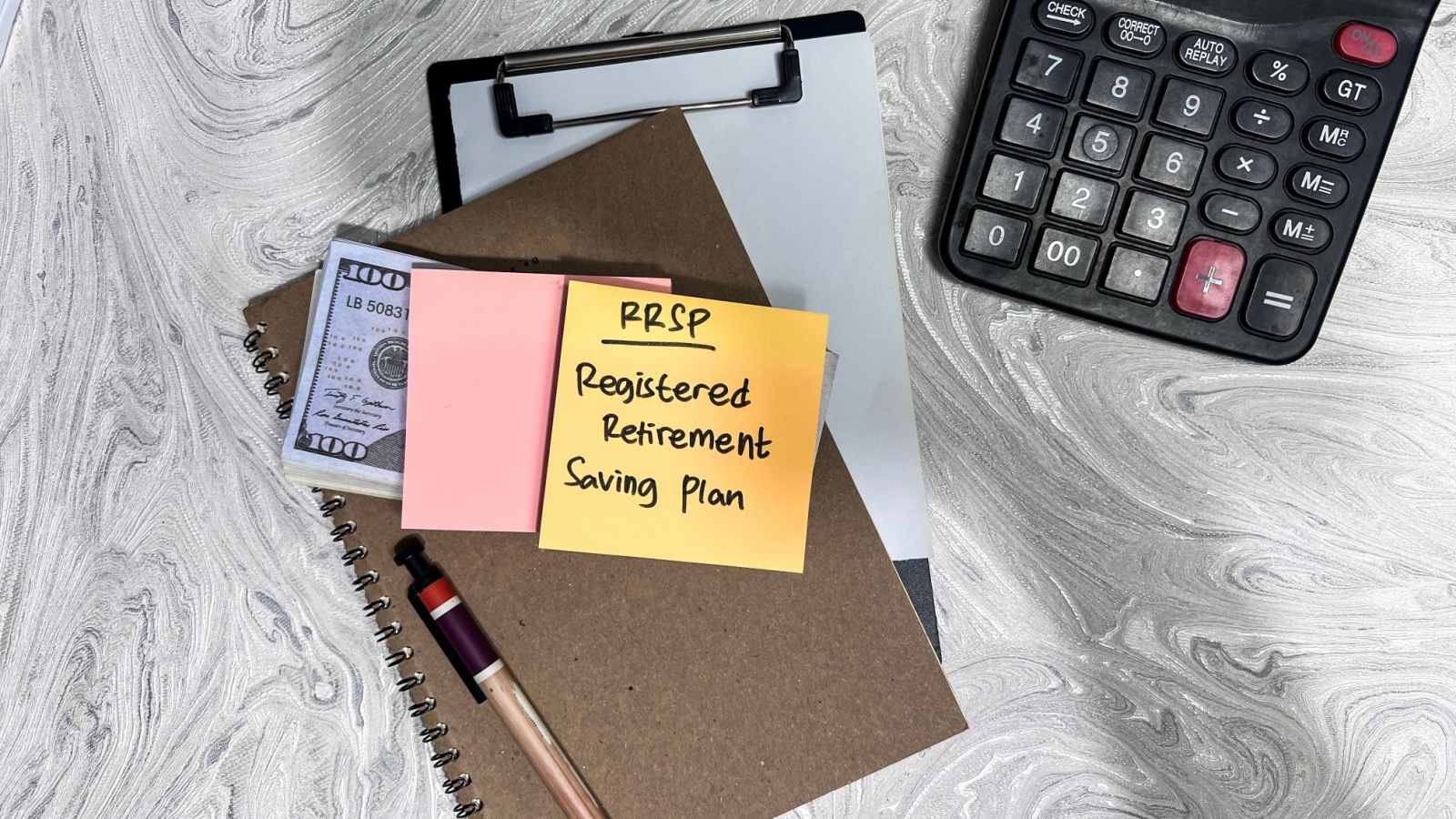
A Spousal RRSP is a useful strategy when one partner earns significantly more than the other. The higher-income partner contributes, claiming the deduction, while the funds belong to the lower-income partner for future withdrawals. This creates balance in retirement income and prevents one spouse from being heavily taxed while the other has little taxable income. Withdrawals are taxed in the recipient spouse’s name, ideally at a lower rate. This tool also helps households smooth long-term tax obligations, particularly for couples with age or income differences.
Claim Medical Expenses Strategically

Medical expense credits are available, but many Canadians fail to maximize them. Only amounts above 3% of net income or a set dollar threshold qualify, so it’s often better for the lower-income spouse to claim them. Expenses can also be claimed for a rolling 12-month period, not just the calendar year, allowing households to group large costs into one tax cycle for greater benefit. Eligible expenses are broad, ranging from prescription drugs and dental work to travel for medical care, so careful record-keeping pays off.
Leverage Tuition and Education Credits

Post-secondary education costs may be steep, but they open valuable tax credits. Students can claim tuition fees and sometimes transfer unused amounts to parents, spouses, or grandparents. Carry-forward provisions also allow students with low or no taxable income to use credits in future years when earnings are higher. Families should plan carefully to decide who benefits most. For example, a student with little income today may transfer part of their credits to a parent, creating immediate tax savings, while retaining the rest for future use.
Consider the First-Time Home Buyers’ Credit

First-time buyers can claim a non-refundable tax credit to help offset closing costs. While the credit itself is modest, it pairs well with the Home Buyers’ Plan (HBP), which allows eligible individuals to withdraw from their RRSP tax-free for a down payment. These withdrawals must be repaid over time, but the initial tax-free access helps many Canadians get into the housing market. Combining credits, RRSP withdrawals, and provincial incentives can make a meaningful difference during what is typically the most expensive purchase of a lifetime.
Use the Home Office Deduction

With remote work more common, the home office deduction has become an important tool. Employees who work from home can deduct certain expenses, either through a simplified flat rate or by calculating actual costs like utilities, rent, or internet. Self-employed individuals have even broader deductions, often including portions of property tax and mortgage interest. Proper documentation is key, and only expenses directly tied to work count. For those who qualify, it can reduce taxable income by hundreds or even thousands of dollars each year.
Benefit from Childcare Deductions

Childcare costs are deductible when incurred to allow parents to work, study, or run a business. Typically, the lower-income spouse must claim them, but exceptions apply in certain circumstances. Eligible expenses range from daycare and babysitters to day camps. Because these deductions reduce taxable income rather than simply providing a credit, the savings can be substantial. Planning childcare payments to align with income levels and ensuring receipts are kept makes a measurable difference. Families should also explore provincial credits and subsidies that may further reduce costs.
Optimize Charitable Donations

Donating to registered charities provides more than personal satisfaction; it offers generous tax credits. The federal government provides a base credit, and provinces add their own. Donations above a certain threshold receive a higher rate of credit, making it beneficial to group contributions rather than spreading them out annually. Spouses can pool donations to maximize credits, and unused amounts can be carried forward up to five years. For high-income earners, this strategy not only supports meaningful causes but also reduces overall tax liability.
Use Capital Gains Advantage

Capital gains receive favorable tax treatment since only half the gain is taxable. By holding investments longer, investors can decide when to realize gains, often in years with lower income. Pairing gains with carried-forward losses further reduces the bill. Unlike dividends or interest, this income type offers flexibility in timing. Investors should also note that capital gains from a principal residence are exempt, adding another layer of advantage. Plus, strategic planning ensures wealth grows efficiently while minimizing annual tax exposure.
Consider Incorporation for Business Owners

Incorporating provides tax benefits and income control for entrepreneurs. Corporations pay lower rates on active business income, allowing funds to grow faster when left inside the company. Owners can withdraw dividends or salaries strategically, spreading income over multiple years. Incorporation also creates eligibility for deductions like business expenses, health benefits, and lifetime capital gains exemptions on shares. However, it comes with legal responsibilities and costs, so it suits businesses with surplus income that they don’t need for personal expenses immediately.
Defer Income Where Possible

Deferring income allows individuals to reduce present-year taxes and shift obligations into years with lower income. Self-employed professionals can control billing cycles, while employees may negotiate bonuses to be paid in a future year. Investors may also defer selling assets until a more favorable tax situation arises. And, while this strategy reduces immediate taxes, it requires careful planning to avoid creating larger taxable amounts later that could push income into higher brackets or affect government benefit eligibility.
Pay Attention to Investment Location
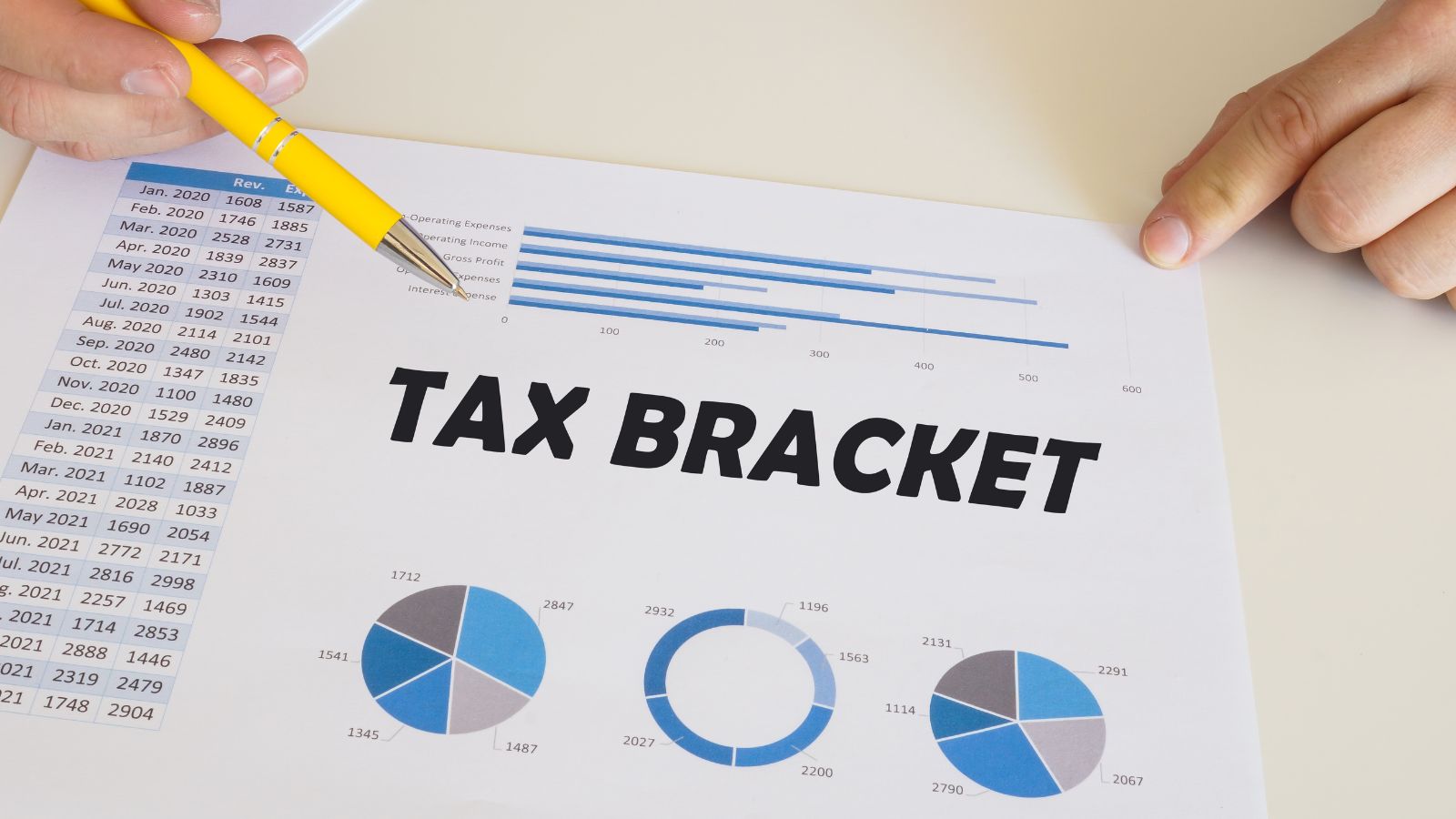
Investment income is taxed differently depending on the source. Interest income is fully taxable, making it better suited for registered accounts like RRSPs or TFSAs. Dividend-paying stocks may benefit from dividend tax credits, while capital gains enjoy a partial inclusion rate, often making them ideal for non-registered accounts. Proper “asset location” ensures each type of investment sits in the most tax-efficient account, improving overall returns. It’s a subtle but powerful strategy that helps investors keep more of their growth.
Claim Moving Expenses When Eligible

Relocating for work, business, or education can generate deductible moving expenses if the new location is at least 40 kilometers closer to work or school. Eligible expenses include transportation, meals, storage, realtor commissions, and even legal fees tied to the move. Students may offset taxable scholarships with moving deductions, while employees reduce employment income. It’s vital to maintain receipts and ensure the move meets CRA’s distance test. For qualifying taxpayers, these deductions can offset significant relocation costs.
Explore Disability Tax Credits
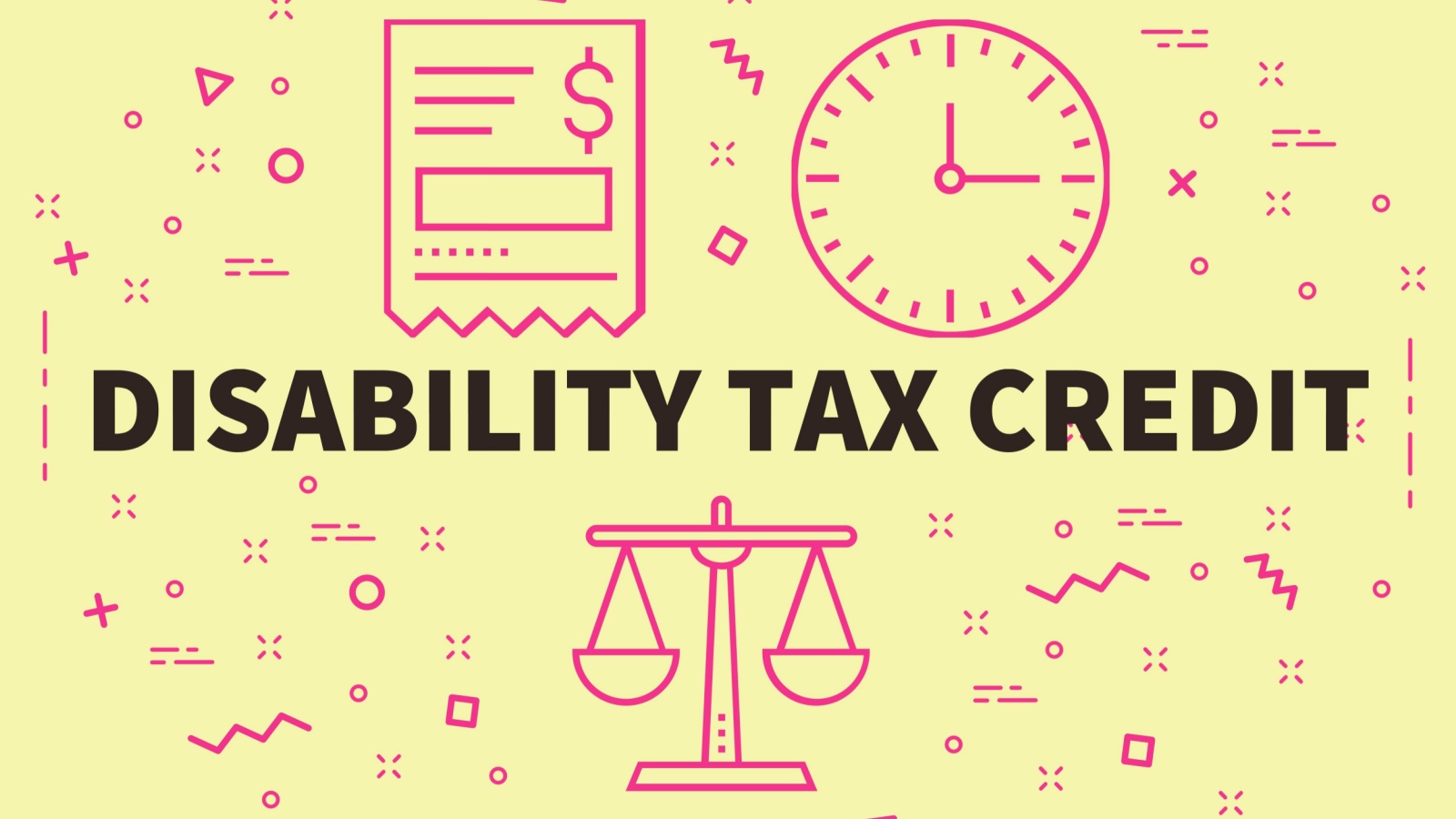
The Disability Tax Credit (DTC) helps individuals with prolonged physical or mental impairments by reducing taxes payable. A physician must certify eligibility, and once approved, the credit can be transferred to supporting family members. The program also provides access to other benefits like the Registered Disability Savings Plan (RDSP), which includes generous government contributions. Retroactive claims of up to ten years may also apply, delivering sizable refunds. For families managing disabilities, this credit eases both financial and tax burdens.
Use Loss Carry-Forwards and Carry-Backs

Capital losses can be applied against gains, creating valuable tax savings. If losses exceed gains in a year, they may be carried back three years or carried forward indefinitely. This flexibility allows investors to offset strong years with weaker ones, ensuring consistency in tax efficiency. Properly tracking and reporting losses is essential, as unused amounts remain available for future use. In volatile markets, this strategy can prevent unnecessary taxes and stabilize investment income across multiple years.
Time RRSP Withdrawals Carefully

Withdrawals from RRSPs are fully taxable and often subject to withholding tax, making timing crucial. Ideally, withdrawals occur in retirement, when taxable income is lower. However, programs like the Home Buyers’ Plan and Lifelong Learning Plan allow earlier access if repayments follow CRA rules. Converting RRSPs to RRIFs by age 71 also requires planning, as mandatory withdrawals can increase taxable income. Coordinating withdrawals with pensions, CPP, and OAS ensures individuals avoid higher tax brackets and unnecessary benefit clawbacks.
Take Advantage of Employer Benefits

Employer-provided benefits can generate substantial tax savings. Group RRSP matching and pension plans provide immediate returns, while health spending accounts reimburse medical costs tax-free. Stock options may also qualify for preferential tax treatment if conditions are met. Employees should review total compensation packages closely to maximize these opportunities. Over time, making full use of employer benefits reduces out-of-pocket costs and strengthens retirement planning. Many employees underestimate these advantages, leaving valuable tax-free or tax-deferred savings unused each year.
Plan Around OAS Clawbacks

Old Age Security (OAS) benefits face clawbacks when income surpasses a certain threshold. High-income retirees can manage this risk by splitting pension income with a spouse, using TFSAs for withdrawals, or drawing down RRSPs earlier to reduce future required income. Coordinating RRIF withdrawals with other income streams ensures taxable amounts remain below claw-back levels. Early planning is essential because once withdrawals begin, options are limited. Not to mention, avoiding clawbacks protects retirement income and ensures seniors receive the full benefit available.
21 Products Canadians Should Stockpile Before Tariffs Hit

If trade tensions escalate between Canada and the U.S., everyday essentials can suddenly disappear or skyrocket in price. Products like pantry basics and tech must-haves that depend on are deeply tied to cross-border supply chains and are likely to face various kinds of disruptions
21 Products Canadians Should Stockpile Before Tariffs Hit
